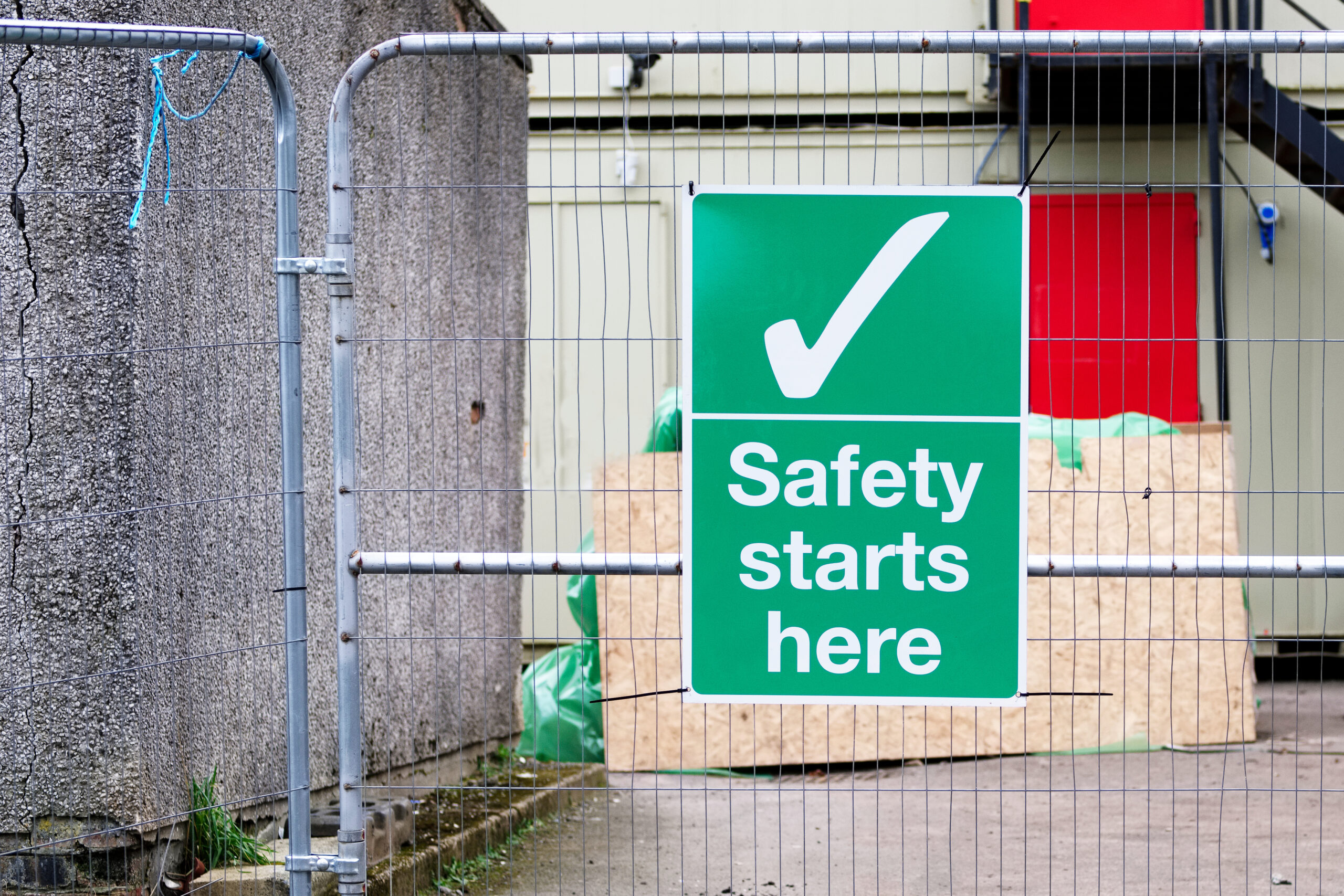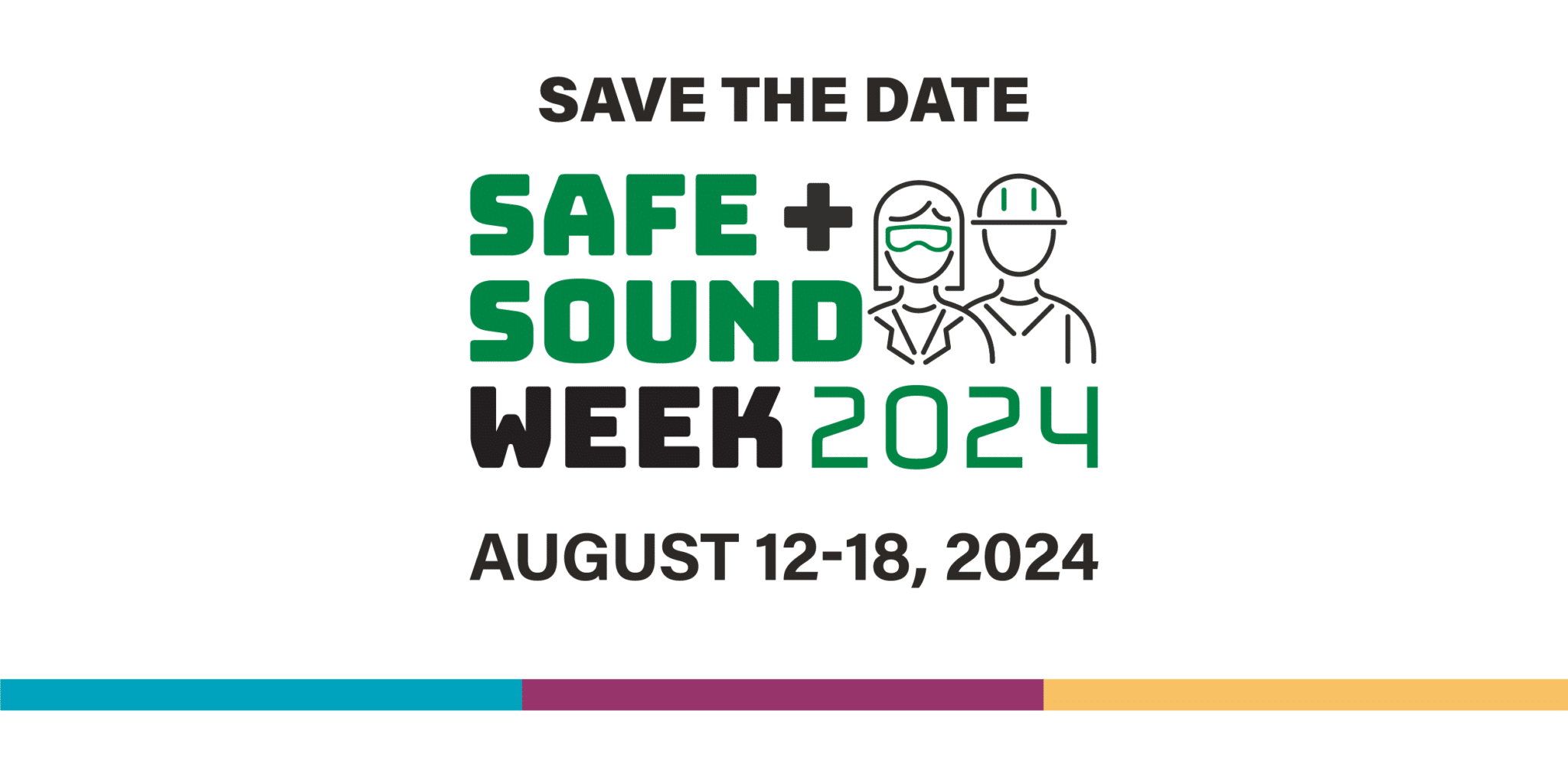
Quality Safety training for new hires can make all the difference in keeping workers safe. According to Injury Facts, compiled by the National Safety Council, the first 90 days of work can be some of the most dangerous. In fact, in a two-year period nearly 278,000 employees experienced an incident that resulted in days away from work – in their first 90 days on the job. This can be prevented.
“The data says that it’s among the most dangerous times in someone’s career,” said Larry Pearlman, president and founder of Safety and Consulting Associates Inc. So, when should the process of keeping new workers safe begin? “At the very moment an applicant learns about your organization’s job opening,” Pearlman says.
When and Where To Begin
- Make sure job descriptions, job postings, and employment boards communicate a safety culture.
- Provide a realistic preview of the job’s risks.
- Thoroughly explain potential risks and job requirements (like being able to lift a certain amount of weight, etc).
- Use YouTube videos to allow potential employees to preview the work environment and what the job actually is.
- Ask safety-related questions during the interview.
- Employers must send clear messages about the importance of the organization’s safety culture.
- Establish best practices regarding safety and keep lines of communication open.
Rich Ives, senior vice president of business insurance claims at Travelers says, “I’ve seen numerous examples over the years of severe injuries from new employees trying to do the right thing and trying to be a good employee but not understanding exactly how the operation works.”
“The message that every worker’s safety is important has to come from Day 1 – not just in response to injuries,” Peter Smith, president and senior scientist at the Toronto-based Institute for Work and Health said. “That sets the tone from the very beginning that we value safety within this workplace.” Training plays a key role, especially when a strong safety plan is in place.
Additionally, Chris Hayes, assistant vice president of transportation and workers’ compensation risk control at insurance provider The Travelers Cos., believes many of these injuries can be prevented with proper precautions, training, and onboarding. “Unless there’s a well-understood, well-documented and well-communicated safety plan already, you really don’t know what to train people on as they come in,” Hayes said.
Have a Safety Plan in Place
- Define safe work practices for all tasks.
- Take proper precautions.
- Provide quality training.
- Examine prior injuries.
- Highlight danger zones or hot spots on the job site.
“Spend the time building up the structures so you have those things well-defined,” Hayes said. “It absolutely helps.” “That includes defining safe work practices for all critical tasks, examining prior injuries and highlighting “hot spots” on the jobsite.”
“That first 90 days is critical,” Hayes said. “That’s when you’re cementing that employee’s access to the right safety tools, the right resources, getting them involved in corporate culture, and helping them work through any misconceptions or gaps in communication that might be arising.”
At National Safety Compliance we have a variety of Safety Orientation resources to help train and keep your new workers safe. It’s never too early to set the tone with potential employees and communicate the importance of safety. Because every life counts, and at NSC we equip employers to create safe workplaces where employees thrive by preventing workplace injuries and protecting employees so they can prosper.








